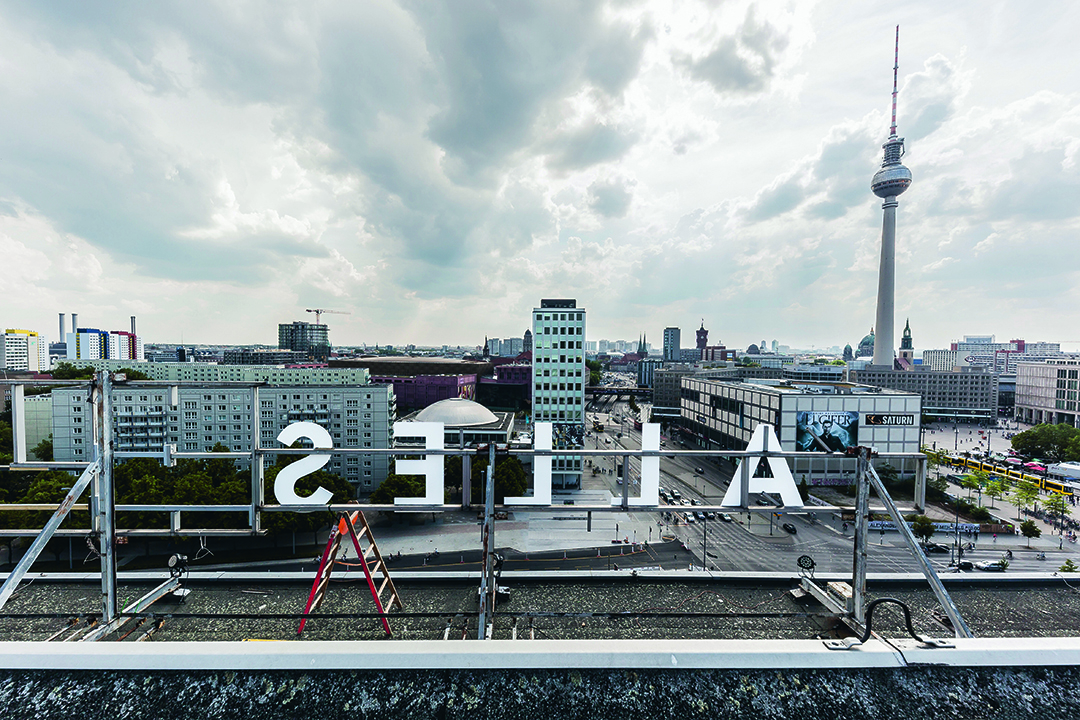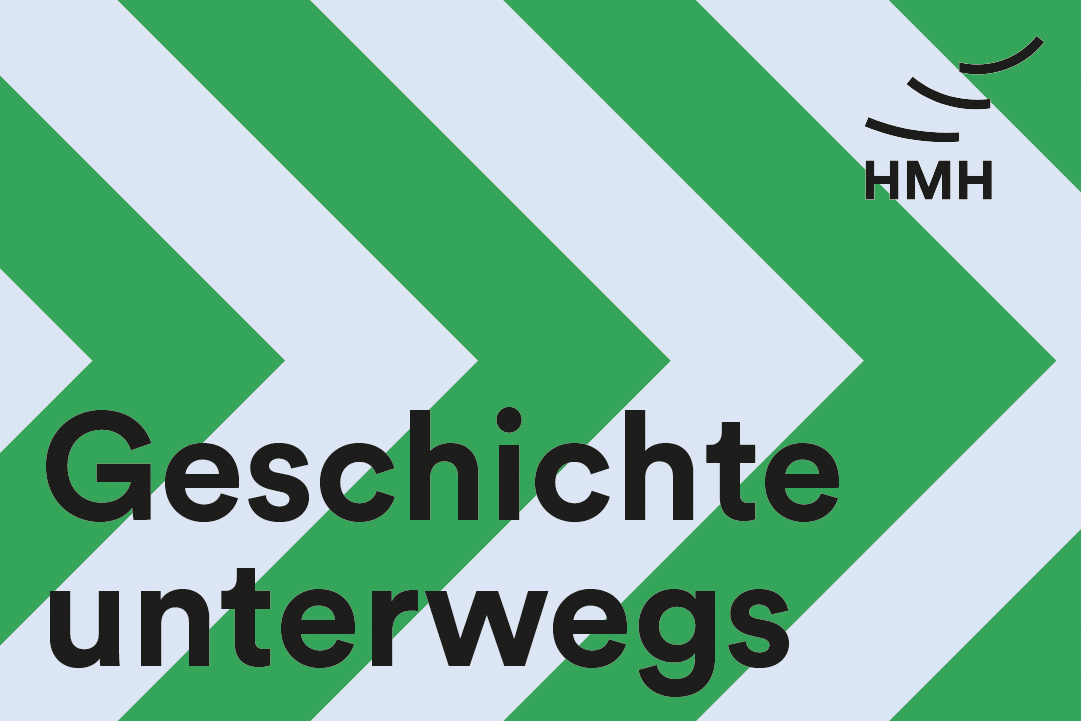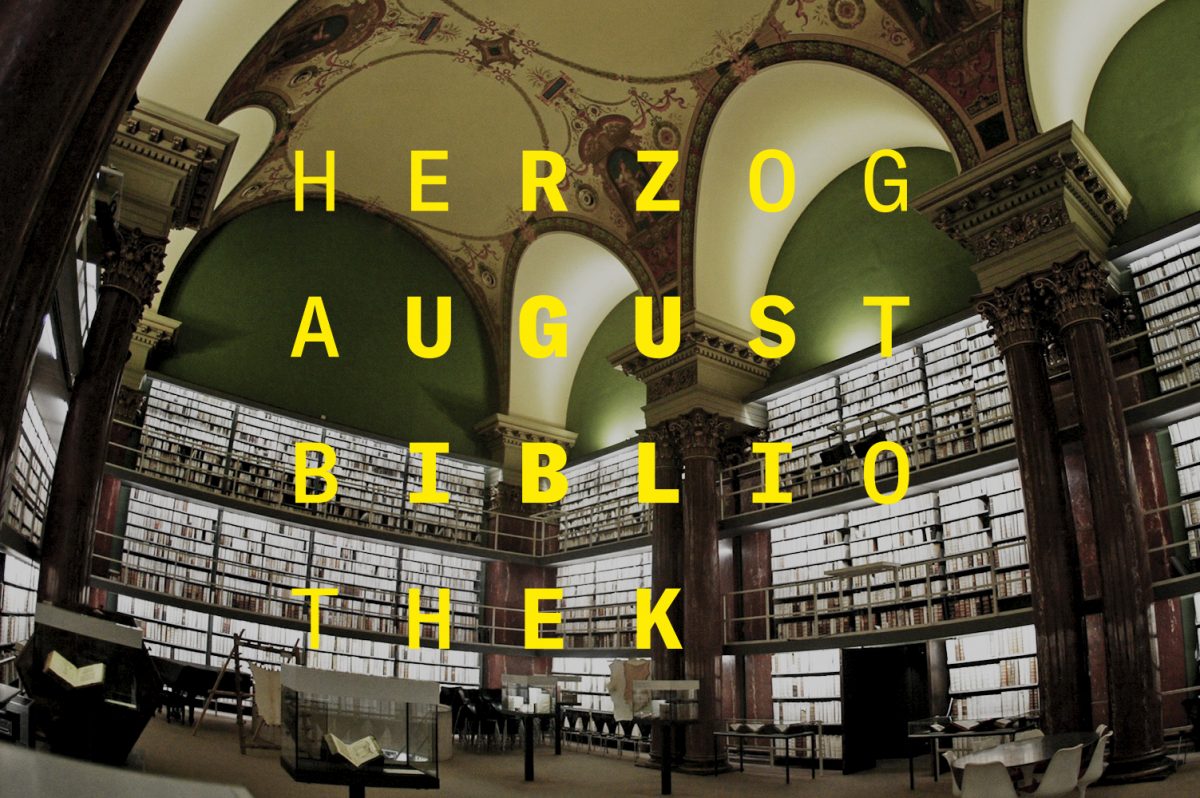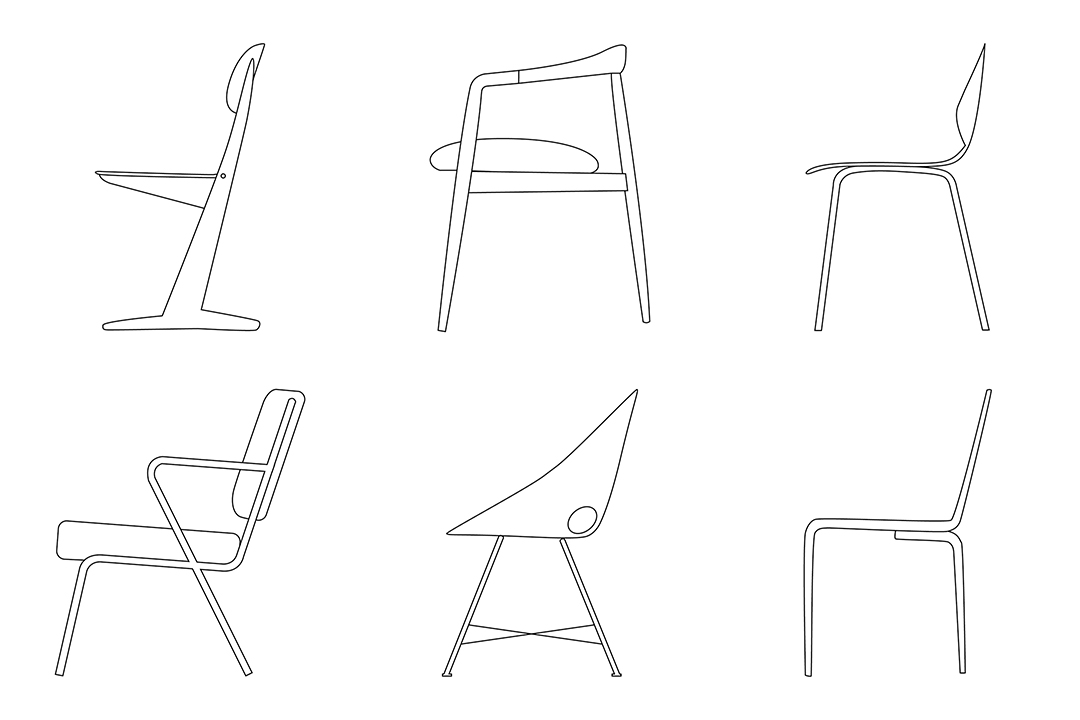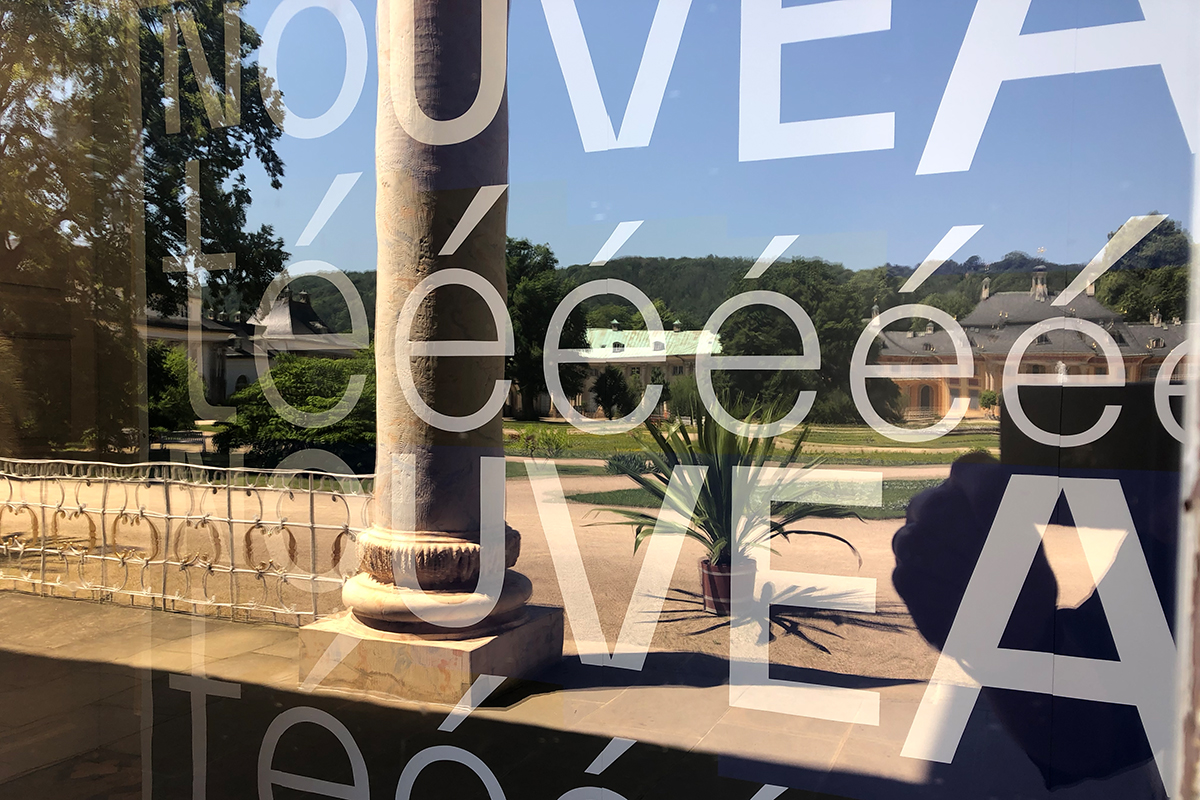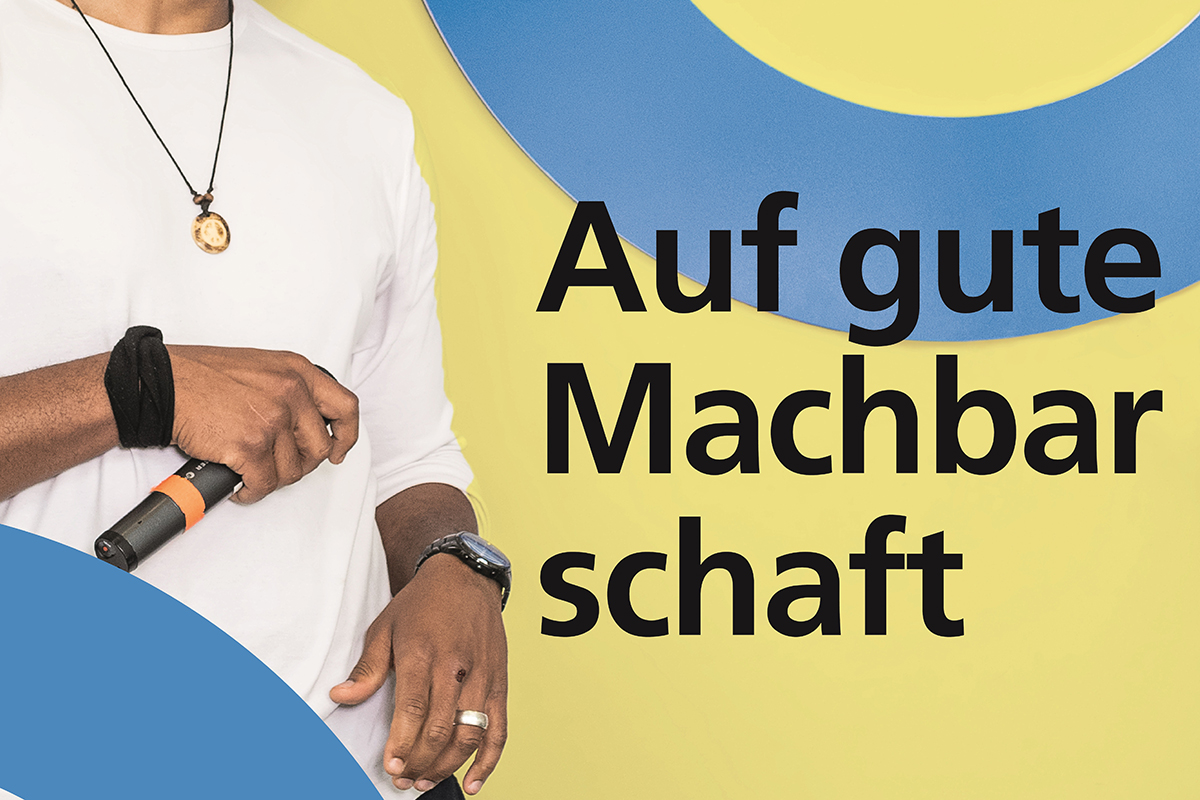In 2019 the former East German bureau of statistics, on Berlin’s Alexanderplatz, became the venue for STATISTA, an exploration of artistic prototypes for a new civil society. While temporary takeovers of vacant urban space often leave nothing but gentrification in their wake, the projects under the STATISTA umbrella aimed to leave a lasting legacy of urban renewal for the benefit of all – a statecraft of the future.
Archives: Case Studies
History to Go
Hanover’s Museum of History is known for engaging its audience, with a personal tone and content that speaks to people’s realities. In April 2020, the museum was partially closed while exhibitions continued in some of its rooms and public spaces. Together with the HMH team, we created a communication strategy, accompanying media and a brand for the museum’s interim activities until it reopened with a new permanent exhibition.
Hanover’s Museum of History is known for engaging its audience, with a personal tone and content that speaks to people’s realities. In April 2020, the museum was partially closed while exhibitions continued in some of its rooms and public spaces. Together with the HMH team, we created a communication strategy, accompanying media and a brand for the museum’s interim activities until it reopens with a new permanent exhibition.
Between Future and Past
The Herzog August Bibliothek in Wolfenbüttel is steeped in history: Once called the eighth wonder of the world, it is now Germany’s national library for 17th-century literature. We created an elegant and contemporary visual identity for this modern center of historical research.
Two Countries, One History?
Propelled by the fame of the Bauhaus movement, German design captured the world’s imagination in the early decades of the 20th century. After 1949, its development followed a unique path, as designers in the divided country continued working under contrasting political systems in East and West Germany. Shiny plastic objects in the East, minimalist functionalism in the West: Our concepts of German postwar design culture are ruled by clichés and stereotypes.
Nouveautés!
The fine lace known as »Plauener Spitze« was born in the 1880s in Germany’s Vogtland region. In the fashionable French of the day, novel designs were called »noveautés«. Plauen’s innovative new lace patterns were designed from scratch by students at the art school there and then adopted by the local embroidery and lacemaking industry.
Here’s to Good Makers
In Nuremberg, cultural life revolves around a network of local institutions, the Nürnberger Kulturläden. They organize a wide range of courses, concerts, lectures and much more, all of which can be enjoyed for free. We developed a hybrid brand for the Kulturläden: half city department, half cultural institution.
